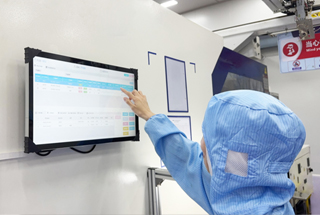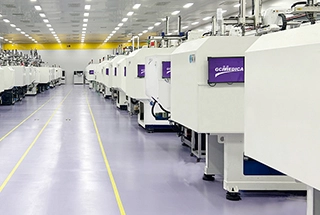Maintaining normothermia during surgical procedures is crucial to prevent complications such as increased blood loss, surgical site infections, and prolonged hospital stays. Two primary methods employed to achieve this are forced-air warming and conductive warming technologies. Understanding the distinctions between these systems is essential for selecting the most appropriate method for patient care.
Forced-Air Warming Technology
Forced-air warming systems operate by drawing ambient air, heating it, and then circulating the warmed air through a blanket or garment covering the patient. This convective process effectively transfers heat to the patient's body, raising core temperature and preventing hypothermia.
Advantages:
Efficacy: Studies have demonstrated that forced-air warming significantly reduces the incidence of perioperative hypothermia.
Versatility: These systems are adaptable to various surgical procedures and patient positions, providing consistent warming across different scenarios.
Considerations:
Airflow Disruption: There is evidence suggesting that forced-air systems may disrupt operating room ventilation, potentially increasing exposure to airborne contaminants.
Infection Control: Concerns have been raised about the potential for forced-air warming devices to contribute to surgical site infections by disrupting unidirectional laminar airflow.
Conductive Warming Technology
Conductive warming systems utilize direct contact to transfer heat from a warming device, such as an electric heating pad or water-filled mattress, to the patient's skin. This method relies on conduction to maintain or raise the patient's body temperature.
Advantages:
Stable Airflow: Conductive warming does not introduce airflow currents, thereby preserving the integrity of operating room ventilation systems.
Targeted Warming: These systems can provide localized warming to specific body areas, which is beneficial in certain surgical contexts.
Considerations:
Warming Efficiency: Some studies suggest that conductive warming may be less effective than forced-air systems in preventing hypothermia.
Surface Area Limitations: The effectiveness of conductive warming depends on the contact area between the device and the patient, which may be limited in certain surgical positions.
Comparative Studies and Findings
Research comparing these technologies has yielded mixed results. Some studies indicate that forced-air warming is more effective in maintaining normothermia, while others find comparable outcomes between the two methods. For instance, a study published in the British Journal of Anaesthesia found a higher rate of hypothermia in patients using resistive heating (a form of conductive warming) compared to those using forced-air warming.
Conclusion
Both forced-air and conductive warming technologies offer viable solutions for maintaining patient body temperature during surgery. The choice between them should be guided by factors such as the specific surgical procedure, patient condition, and operating room environment. Healthcare providers must weigh the benefits and considerations of each system to ensure optimal patient outcomes and uphold safety standards.


 Français
Français Español
Español Products
Products

 About Us
About Us












